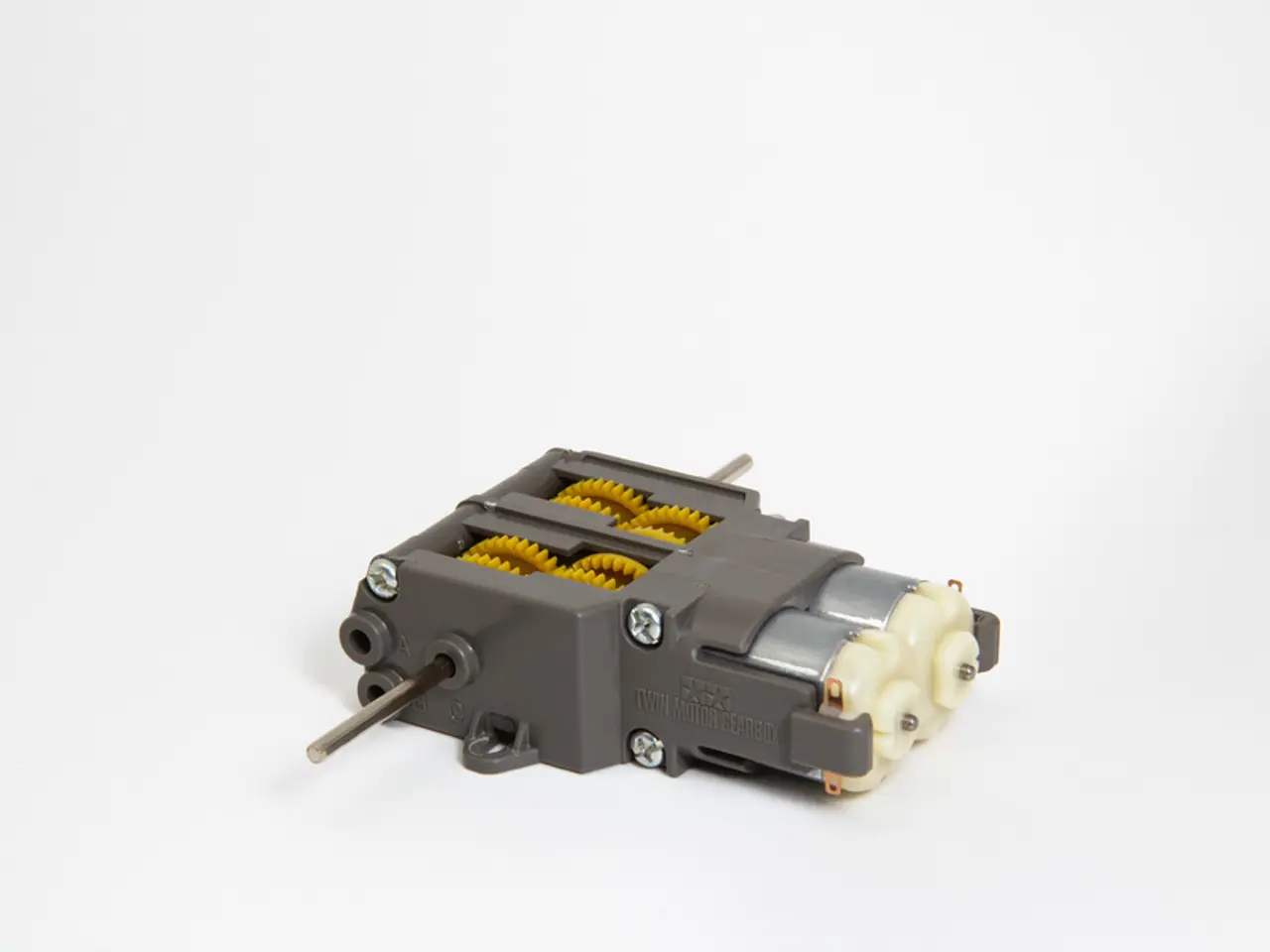Unveiling the potential of magnets in revolutionizing motors: an exclusive exploration of their advantages and hurdles
Innovations in recycling processes and the use of sustainable materials are propelling magnetic motor technology towards a cleaner, greener future. These advancements promise to impact various industries, including aerospace, transportation, renewable energy, and miniature systems.
Magnetic motors, also known as magnetic field motors, differ from traditional electric motors by using magnetic fields to generate motion. This unique design offers higher efficiency and the potential for smaller, lighter designs.
Current research advancements focus on enhancing motor efficiency, performance, and sustainability primarily through improved magnetic materials and integration with advanced control technologies.
Advancements in Magnet Materials
Researchers have developed new fabrication methods, such as friction stir consolidation (FSC), which enable the production of magnets that are lighter, tougher, and less dependent on scarce rare earth elements like neodymium or samarium-cobalt. These magnets improve motor performance while addressing supply chain and environmental concerns.
The evolution of permanent magnet synchronous motors (PMSMs) has been closely linked to high-energy rare earth magnets (NdFeB, SmCo), which have enabled motors to be more compact with higher power density—critical for EV propulsion and renewable energy applications.
Technological Integration
PMSMs are increasingly integrated with advanced sensing and control methods including sensorless control and AI-based optimization algorithms, improving motor efficiency, robustness, and adaptability across operating conditions. Power electronics are evolving with the adoption of wide-bandgap semiconductors such as silicon carbide (SiC) and gallium nitride (GaN), which reduce energy losses and enable higher switching frequencies, thus improving overall motor drive efficiency and power density.
Challenges
Despite these advancements, challenges remain. Permanent magnets face risks of demagnetization at high operating temperatures, which can affect reliability in demanding electric vehicle and renewable energy environments. Advanced magnetic motor components, such as high-performance magnets and wide-bandgap semiconductor-based power electronics, increase initial costs and require sophisticated manufacturing and maintenance processes, creating barriers for widespread adoption, especially in cost-sensitive markets.
Transition from laboratory-scale magnet fabrication techniques to industrial manufacturing with consistent quality and at low cost remains a key obstacle. Additionally, despite efforts to reduce rare earth content, PMSMs and other magnetic motors are still dependent on rare earth materials vulnerable to geopolitical and supply chain disruptions.
A collaborative approach between researchers, industry, and policymakers is essential to drive advancements in magnetic motor technology. Research into advanced materials, such as high-temperature superconductors, could lead to the production of large-scale, affordable, and efficient magnetic motors. There is also an increasing focus on developing magnetic motors with minimal environmental impact, from production to end-of-life disposal.
Researchers are exploring alternative materials and innovative processes to address the challenges posed by the demand for rare earth metals. Advancements in battery technology are required to achieve higher capacity, faster charging times, and longer lifespans for energy storage systems, ensuring they work seamlessly with magnetic motors and enabling them to play a crucial role in the transition to renewable energy sources. By overcoming these challenges, magnetic motors promise to significantly reduce energy consumption and emissions, particularly in electric vehicles.
[1] Friction stir consolidation of neodymium-free high-strength permanent magnet materials for electric machines
[2] Rare earth-free permanent magnets for electric motors
[4] Advanced permanent magnet synchronous motors for electric vehicles
[5] Cost and performance analysis of rare-earth-free permanent magnet synchronous motors for electric vehicles
- With the development of friction stir consolidation (FSC), researchers are producing neodymium-free high-strength permanent magnet materials that address supply chain and environmental concerns while improving motor performance.
- The integration of AI-based optimization algorithms and sensorless control methods into permanent magnet synchronous motors (PMSMs) is improving their efficiency, robustness, and adaptability, particularly in electric vehicles and renewable energy applications.




